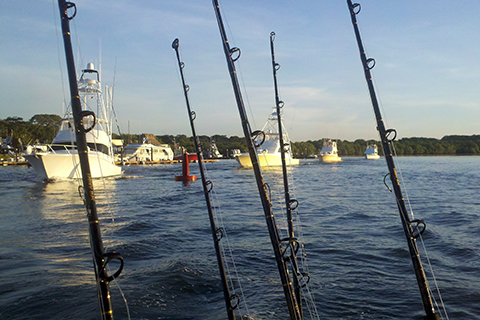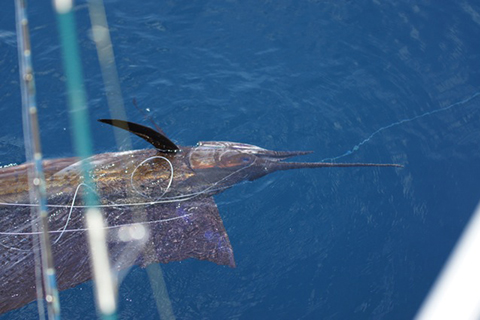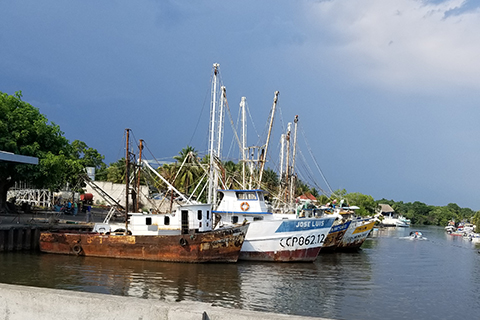Historically, eastern tropical Pacific billfish species (sailfish, blue marlin, striped marlin and black marlin) have been subjected to intense overexploitation as bycatch by industrial long-liners targeting tuna in the high seas and by semi-industrial long-liners and gill-netters targeting mahi-mahi, sharks and tunas in the coastal regions.
Sailfish is the more coastal of the billfish species; therefore, it is the most impacted of the billfish species by the existing commercial fishing practices. Sailfish provide the greatest economic and social value to the catch-and-release sport fishing industries in Central America and Panama. There is concern that original sailfish relative abundance has declined 82% in the last three decades while trophy sizes decreased 46% during the same period.
In spite of clear population depletion signals no formal scientific research in support of better fishery management policies to protect the species has been established in the eastern tropical Pacific Ocean.
Billfish species represent the last fishery resources that could be used in a sustainable manner through catch-and-release sport fisheries. However, regional billfish fishery management efforts have generally failed mostly because of great insufficiencies in the knowledge-base necessary to promote strategic policy development regarding billfish conservation in the Central American nations and Panama.
The University of Miami Rosenstiel School of Marine, Atmospheric, and Earth Science is using an ecosystem approach to billfish research and partnering with like-minded conservation organizations for the goal of successful and sustainable fishing.
Research Initiatives







